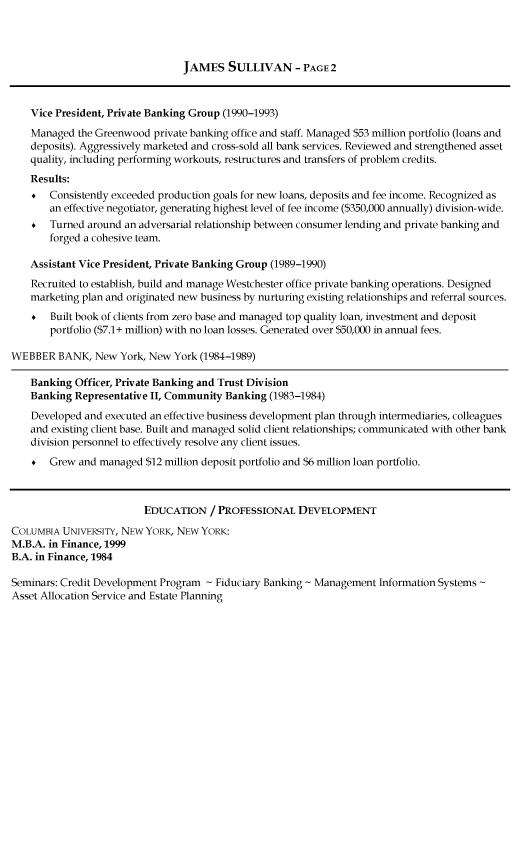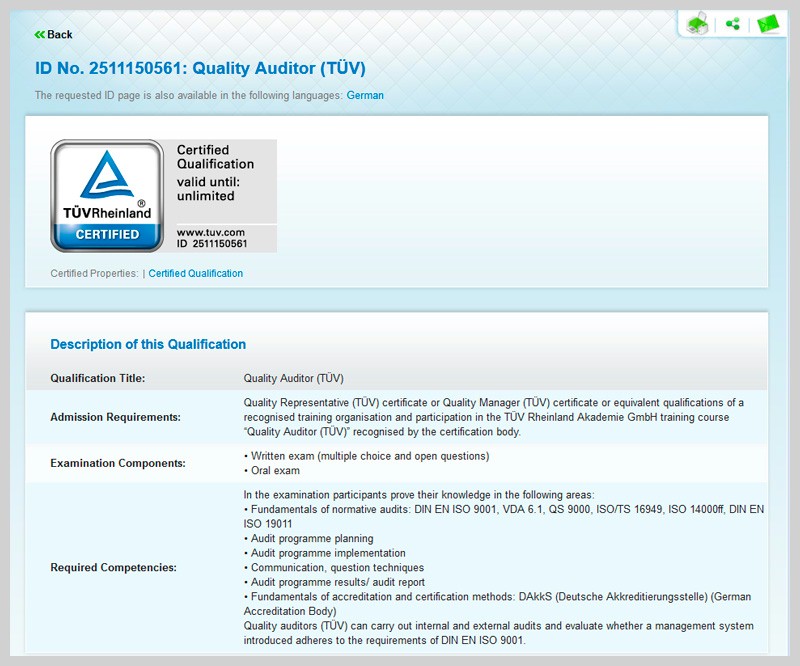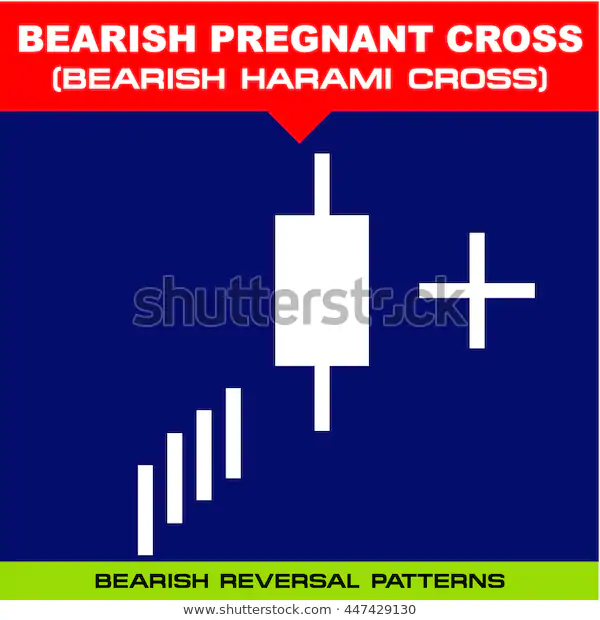
Firstly, it can be implemented by improving compliance with the environmental laws within the organization. The managers of companies that have implemented ISO can and will argue forever about the costs versus the benefits. ISO has created a number of manuals for the implementation of sound business practices that are acceptable globally.

As quality management has become more important in the tourist sector, the implementation of standardised quality management systems has become more common in this industry. The study concludes that the standardisation of quality management in tourism will increase in coming years. Although ISO 9000 and ISO share some common principles and structure, they have different scopes and objectives.
Site Visits, Conducting a Site visit, Benefits of Site visits
An EMS is a systemic approach to handling environmental performance issues within an organization. The management system standard uses the plan-do-check-act (PDCA) continuous improvement model. PDCA is a four-step lifecycle assessment aimed at bringing about system and process improvement and change.
Foreign Entry into the United States Construction, Infrastructure and … – JD Supra
Foreign Entry into the United States Construction, Infrastructure and ….
Posted: Tue, 01 Aug 2023 19:15:15 GMT [source]
It contains requirements for achieving and maintaining environmentally sound standards of doing business. The entire business process is considered, from product manufacturing to product performance and, ultimately, product disposal. The organization’s interests include quality management, environmental impact management, health and safety, energy management, food safety, and information technology security. By providing your personal information e.g. name, postal/email address, telephone number enables Smithers to provide you with tailored information on our services. These might include purchased products such as market reports and conference places, testing or consulting services as well as digital resources such as whitepapers, webinar and brochures.
ISO 9000 is primarily concerned with quality management, which means ensuring that the products and services meet the customer and regulatory requirements, and enhancing the performance and efficiency of the organization. ISO is mainly concerned with environmental management, which means minimizing the negative impacts of the organization’s activities on the environment, and complying with the relevant laws and regulations. ISO 9000 and ISO can be integrated and implemented together, but they are not interchangeable or equivalent. Regarded as one of the most effective tools to guide quality systems management, ISO 9001 is a valuable certification. Yet, the growth observed throughout the world by this standard provides a strong polarisation of interest in this practice by the companies. Our research goals are to analyze and forecast trends involving ISO 9001 certification of six countries, China, Italy, Germany, Japan, the United Kingdom, and India.
Heuristic evaluations, Conducting a Heuristic evaluation, Benefits of Heuristic evaluations
There are several benefits to implementing this series in your company. There is also a strong belief that having a documented quality procedure gives a firm a strong advantage over its competitors. For example, it will guide you to build quality into your product or service and avoid costly after-the-fact inspections, warranty costs, and rework. Accreditation with ISO is voluntary, but it’s a mandatory step to demonstrate an organization’s commitment to smart environmental stewardship, reduction of environmental impacts and compliance with the global standards.
- The different rules or standards are for different things so for differentiating all theses they naming all theses.
- ISO is a similar set of standards for environmental management systems that help organizations minimize their environmental impact.
- It can be seen as an overall guide to ethical management and leadership.
- Headquartered in Geneva, Switzerland, its purpose is to develop and propose business practices and standards that are beneficial to business in all nations, particularly given the increasing globalization of economic activity.
- Implications include this study providing valuable policy guidelines for decision-makers, and new opportunities for further research for scholars.
- In order to become ISO 9000 certified, an organization must choose the appropriate ISO 9000 standard that fits its scope and activities; the most popular being ISO 9001.
Smithers will endeavor to keep your information accurate and up-to-date, retaining it only for as long as required. A company’s adoption of ISO standards does not guarantee that it meets all local environmental regulations. Environmental Protection Agency participated in the development of these international guidelines. ISO is similar to ISO 9000 quality management in that both pertain to the process of how a product is produced, rather than to the product itself. It provides the requirements for an environmental management system (EMS). The core of the ISO standards is contained in ISO 14001, which lays out the guidelines for putting an environmental management system (EMS) in place.
ISO 14001 standard
ISO is a series of environmental management standards developed and published by the International Organization for Standardization (ISO). The ISO standards provide guidelines and frameworks for organizations that need to systematize and improve their environmental management efforts. In order to become ISO 9000 certified, an organization must choose the appropriate ISO 9000 standard that fits its scope and activities; the most popular being ISO 9001.

It can be used by any organization that wants to improve resource efficiency, reduce waste, and reduce costs. ISO 9000 is a set of international standards on quality management and quality assurance developed to help companies effectively document the quality system elements to be implemented to maintain an efficient quality system. They are not specific to any one industry and can be applied to organizations of any size.
ISO 14000
Each of these manuals is updated regularly and sector-specific versions are available for industries with particular challenges. This lesson centers on the International Organization for Standardization (ISO), difference between iso 9000 and iso 14000 quality assurance and the quality manuals by which organizations have to abide to be ISO-certified in their particular industries. Proper documentation and implementation of proper procedures are also seen.
- Research limitations/implications – For some of the analysed countries, the data related to early years are not available.
- Furthermore, it can enhance the organization’s reputation and credibility, as they conform to internationally recognized standards and best practices.
- As quality management has become more important in the tourist sector, the implementation of standardised quality management systems has become more common in this industry.
- It provides the requirements for an environmental management system (EMS).
Their customers may also pay more for products that are environmentally friendly. More than 400,000 organizations around the world have obtained certification, according to the latest ISO survey. This makes it easier for organizations looking to implement more than one ISO-MSS at once, as certain requirements are shared. It will involve measuring quality in key areas like management responsibility, customer satisfaction, and resource management.
The International Organization of Standardization (ISO) is a worldwide federation consisting of member bodies from 91 countries, which promotes the development of international manufacturing, trade and communication standards. The need of the customers and stakeholders are kept in mind, and performances are maintained. Quality and customers are given priority in this section of the standards. They maintain quality and services with proper rules and regulations.
Findings – The diffusion throughout the years of the number of IMSs follows an S- shaped behaviour. The evolution of the amount of IMSs in countries with a lower saturation level are better fitted by the Gompertz model while the Logistic model fits better when considering countries with a larger saturation level. Research limitations/implications – For some of the analysed countries, the data related to early years are not available. In order to perform the analysis using both the Gompertz and the Logistic models, missing data have been extrapolated from the dataset provided by the annual ISO survey.
ISO 9000 can bring many advantages to organizations that implement and adhere to its standards. These include improved customer satisfaction and loyalty, as the products and services meet their requirements and expectations, as well as increased competitiveness and market share. Additionally, ISO 9000 can lead to lower costs and waste due to optimized processes, preventing and correcting errors and defects. Furthermore, it can enhance the organization’s reputation and credibility, as they conform to internationally recognized standards and best practices. Finally, it facilitates trade and cooperation between organizations that use the same standards. It does not state requirements for environmental performance but rather maps out a framework that a company or organization can follow to set up an effective EMS.

Talk to a quality expert today to discover how we can help you achieve your quality and compliance goals with Intellect software. Now that you’ve learned about the differences between ISO 9001 and ISO 14001, learn about the benefits of ISO 14001. The certification process is by Preliminary assessment, Document review, Initial assessment, main assessment, certification, and surveillance. ISO was established to keep the environment of work safe and hygienic published by the International Organization for Standardization.
It may also help companies meet environmental regulations that are imposed by governments in which they do business. Safety Culture, a software company that specializes in improving workplace safety & risk management, suggests companies conduct an internal audit to evaluate their compliance before undergoing the formal accreditation process. ISO 9001 helps organizations improve quality and efficiency, while ISO helps minimize environmental impact. ISO – ISO 14024, ISO 14004, ISO – ISO 14015, etc., are some of the standards.